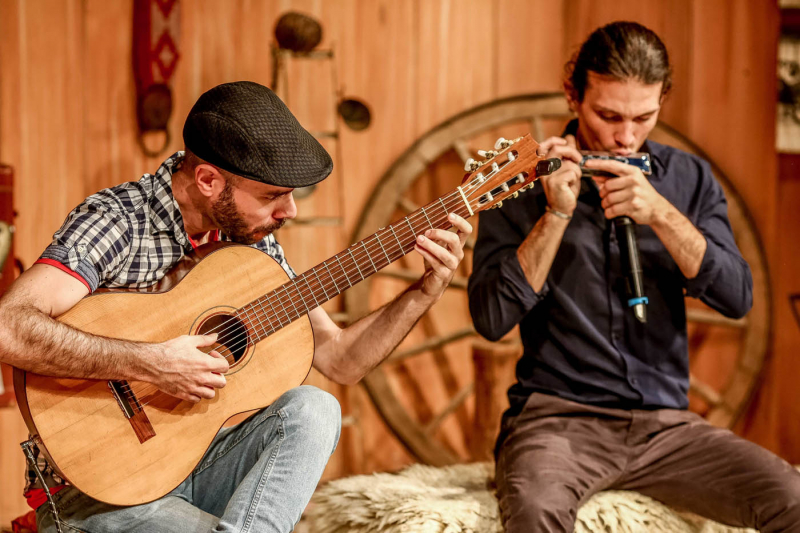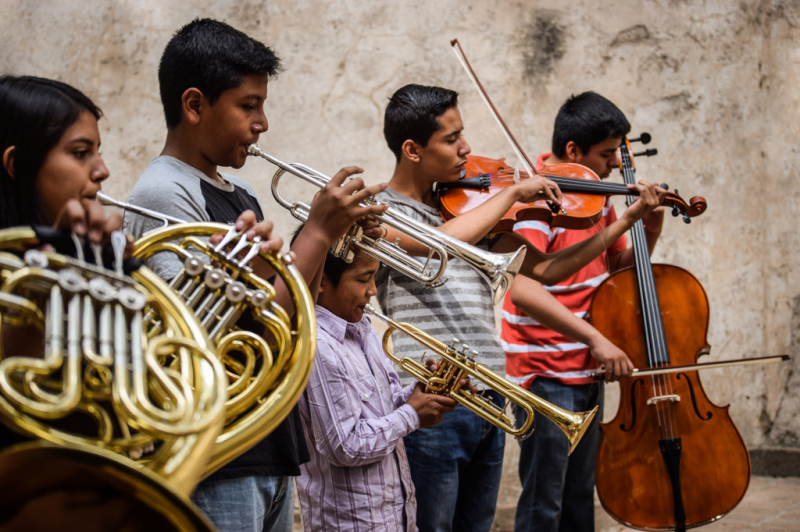Music
Tango, a Rioplatense musical genre with European and African influences, is an international cultural symbol of Argentina. Tango's golden age paralleled jazz and swing in the United States, with large orchestras led by Osvaldo Pugliese, Anbal Troilo, Francisco Canaro, Julio de Caro, and Juan d'Arienzo. Astor Piazzolla popularized Nuevo tango after 1955, a subtler and more intellectual trend for the genre. Tango is now popular all over the world, thanks to groups like Gotan Project, Bajofondo, and Tanghetto.
Argentina developed strong classical music and dance scenes, producing renowned artists such as composer Alberto Ginastera, violinist Alberto Lysy, pianists Martha Argerich and Eduardo Delgado, and pianist and symphonic orchestra director Daniel Barenboim; Tenors José Cura and Marcelo lvarez, as well as ballet dancers Jorge Donn, José Neglia, Norma Fontenla, Maximiliano Guerra, Paloma Herrera, Marianela Nez, Iaki Urlezaga, and Julio Bocca, were honored.
In the 1930s, a national Argentine folk style emerged from dozens of regional musical genres, and it went on to influence the entirety of Latin American music. Some of its interpreters, such as Atahualpa Yupanqui and Mercedes Sosa, have received international acclaim. Internationally famous singers in the romantic ballad genre included Sandro de América. Among the most internationally successful Argentine jazz musicians are tenor saxophonist Leandro "Gato" Barbieri and composer and big band conductor Lalo Schifrin. In the mid-1960s, Buenos Aires and Rosario became breeding grounds for aspiring musicians, and Argentine rock emerged as a distinct musical style.












